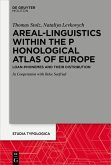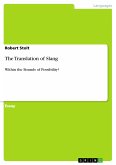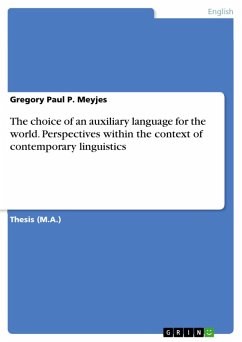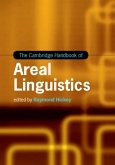In contrast to many other levels of language, there is as yet no comprehensive areal-linguistic description of the segmental phonological properties of the languages of Europe. To complement the synchronic picture of the languages of Europe, it is time to take stock of their phoneme inventories to provide an empirical basis for generalizations about the similarities and dissimilarities of the languages of Europe. The best way to visualize the areal phonology of Europe is that of the Phonological Atlas of Europe (Phon@Europe) which features the isoglosses of phonological phenomena on a plethora of maps. As a prequel to Phon@Europe, this study not only outlines the goals, methodology, sample, and theory of the project but also focuses on loan phonemes whose diffusion across the 210 doculects of the sample yields meaningful patterns. The patterns are indicative of recent processes of convergence which have transformed a diverse phonological mosaic into a superficially homogeneous linguistic area. The developments which have led to the present situation are traced back through the history of the sample languages. Thomas Stolz, University of Bremen, Bremen, Germany; Nataliya Levkovych, University of Bremen, Bremen, Germany.
Dieser Download kann aus rechtlichen Gründen nur mit Rechnungsadresse in A, B, BG, CY, CZ, D, DK, EW, E, FIN, F, GR, HR, H, IRL, I, LT, L, LR, M, NL, PL, P, R, S, SLO, SK ausgeliefert werden.



